Winter driving tips and tricks
March 3, 2022
“When it comes to driving in the snow I’d much rather be a passenger than the driver,” said Senior Avery Sloan.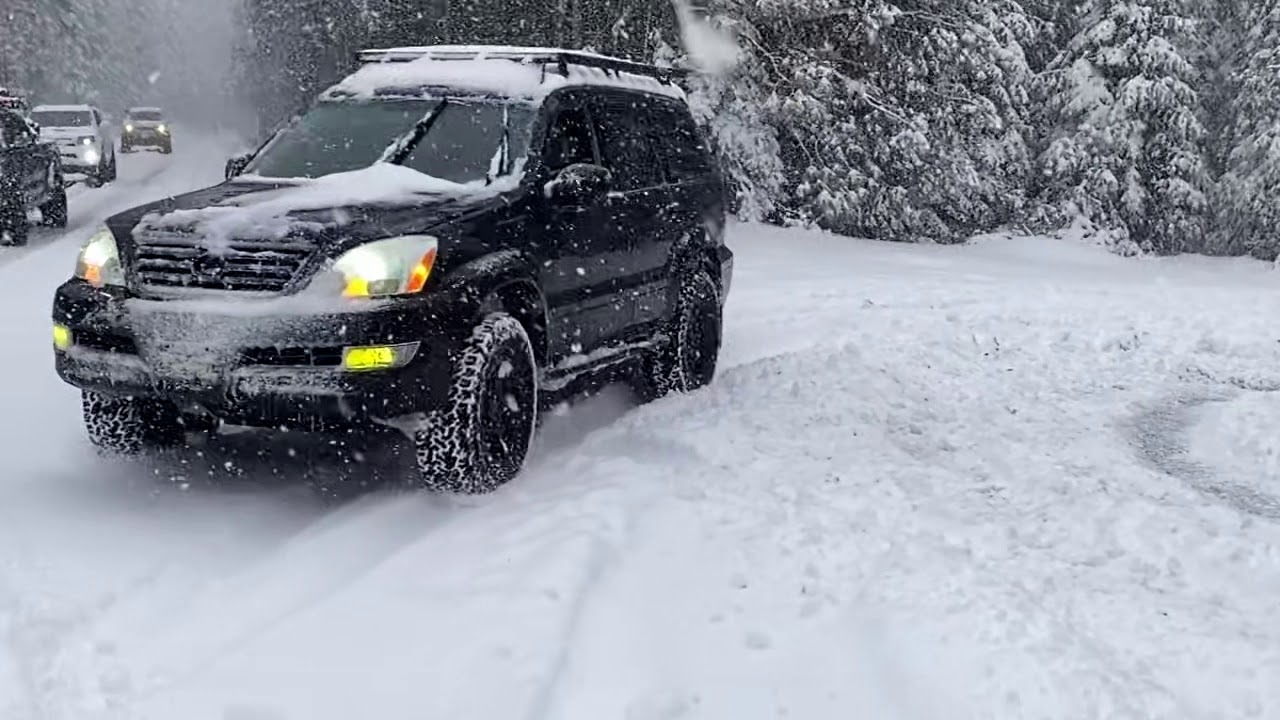
Most new drivers experience similar feelings about getting behind the wheel during the winter months, but it is something we all have to learn. These past few months have been filled with heavy snow storms and freezing temperatures, and Groundhog Day doomed us with six more weeks of winter when Mr. Punxsutawney Phil came out of the ground and saw his shadow.
So, to keep you and your brand new whip safe and in one piece, here are a few tips and tricks to navigate the snowy, slippery roads.
Necessities (along with your cell phone, of course)
Use this checklist for items to stash in your car at all times:
- Snow brush/ice scraper (for maximum visibility)
- Hat, gloves, blanket (in case of getting stranded)
- Sunglasses (to protect the eyes from blinding snow glare)
Check the dashboard
The dashboard has more to it than just the speedometer (which you often disregard) and gas gauge. After you start up your car, take a quick look at the dash for the outside temperature and maybe a warning signal for icy roads. Also look out for any tire pressure warnings due to cold weather. Finally, make sure the gas tank doesn’t drop too low in the winter months to avoid fuel line freeze-up. (Who wants to be stranded on the side of the road with no gas? Not me!)
Give the engine time to warm up
Allowing your car’s transmission oils enough time to get warm and flowing smoothly is super important in maintaining the health of the engine. Just like warming up muscles before a workout, a warm engine will help your car run safely, smoothly, and efficiently. Use this time to check the dashboard (again)…or cue up some good music.
Reduce your speed!
I know probably everyone and their mother has told you to slow down while you’re driving, but it’s arguably the most important tip of all. A slow pace will allow for more reaction time and better control of the car.
Senior Brook Norris said, “Driving in the winter is all about thinking ahead and being way more cautious about how you drive.” Better to arrive late than never!
PUMP PUMP PUMP the breaks
“One time I was driving and slipped on some ice and hit a sign and had to call my dad to pick me up,” said Junior Jack Paulus.
My guess is Jack slammed on and held his breaks once he started to slip, causing him to lose control of the car. Anytime there may be ice or snow (or even rain) on the roads, softly pump the brakes instead of firmly holding them. This ensures the tires maintain traction on the road and don’t lock.
Accelerate steadily to get over a hill
To avoid getting stuck on a hill (or worse, sliding backwards) don’t travel too slowly on an incline.
Utilize the lower gear
Have you ever wondered what the extra letter is on your gear shift next to “Drive”? That’s the lower/manual gear which comes in handy during bad road conditions. The lower gear slows down the rotation of the tires, allowing them to gain better traction on the road and avoid slipping and spinning in deep snow.
Two hands on the wheel, please!
Even though you may not realize it, maintaining a good two-handed grip on the steering wheel automatically raises the alertness of the driver. Put down that phone (you can wait a few more minutes to switch the song), keep two hands on the wheel, and scan the road and your surroundings constantly to avoid trouble.
What to do when slipping?
Your first reaction might be to SLAM on those breaks and scream a few not-so-appropriate words, but that is only going to result in further slipping and danger! If you do find yourself slipping and sliding on a patch of ice, begin to pump the brakes slowly and turn the steering wheel in the direction you wish the car to go.
Deep breaths, stay calm
The most important way to avoid any accidents while driving in winter weather is to stay calm and focused. Avoid spastic reactions, move slowly, and travel with caution.
The list could continue, but these are just a few basic but important tips for driving in the snow. Next time you’re heading to a friend’s house on a snow day (not smart, but some do it anyways) or heading to school on a day that should’ve been called off, keep these recommendations in mind!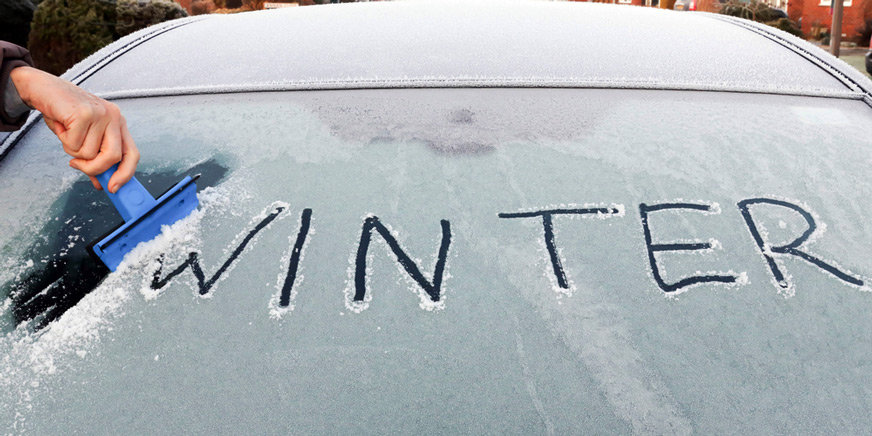



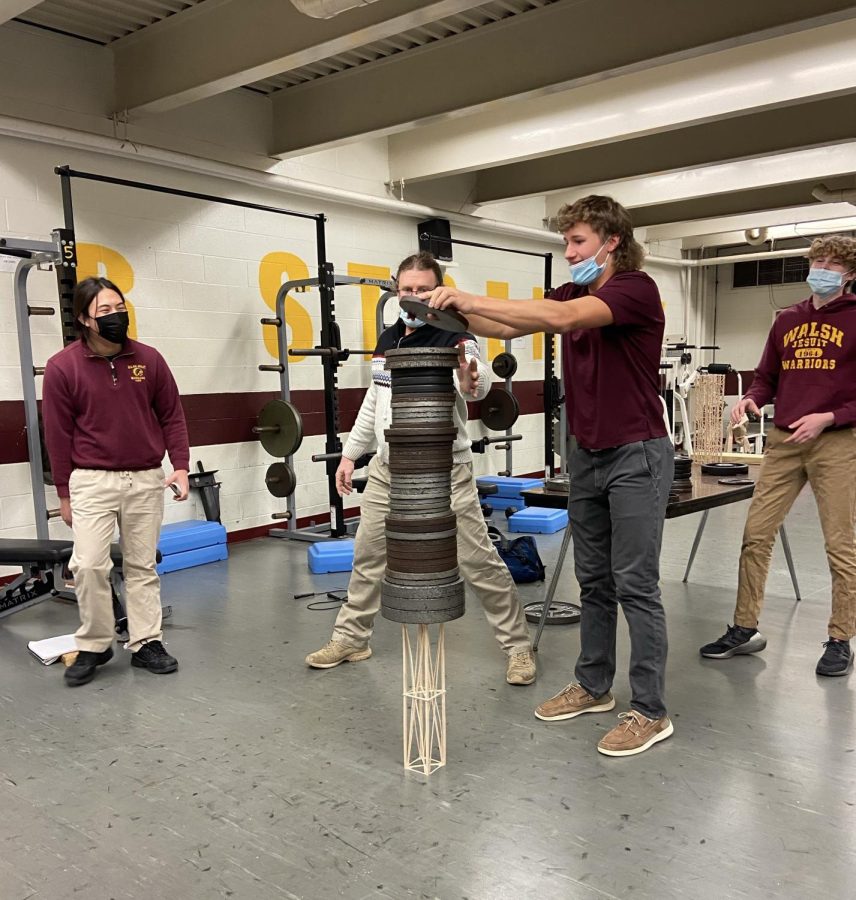

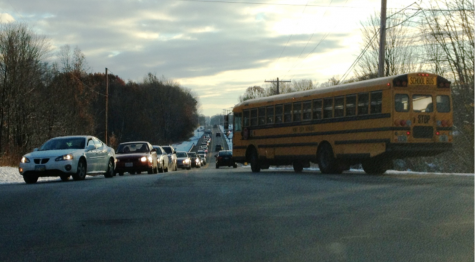
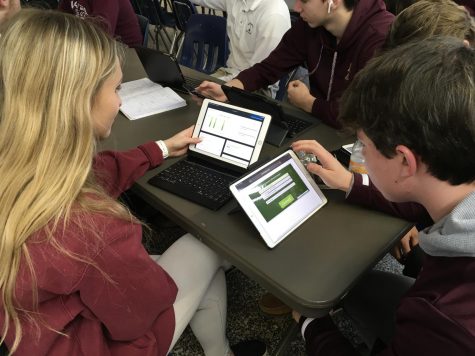



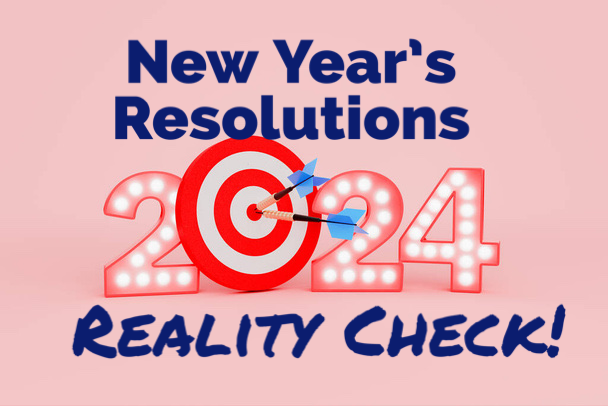




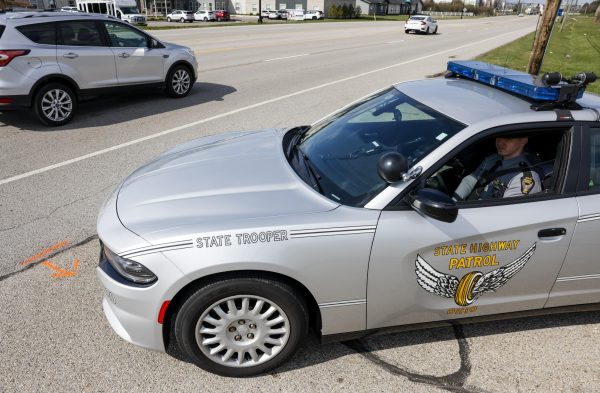
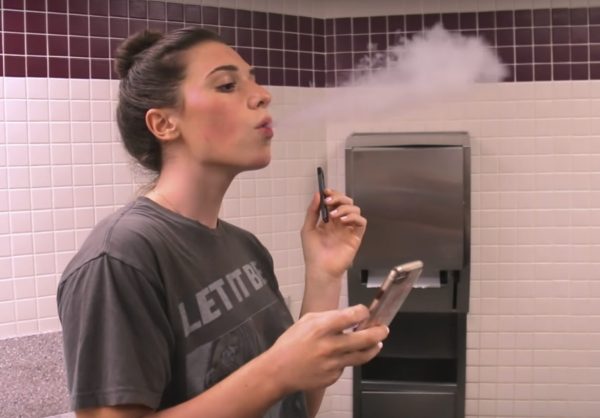




Devon Rinicella • Mar 26, 2024 at 1:31 pm
This is very helpful!!
Lisa Baylor • Mar 4, 2022 at 9:55 am
Love the article and the writing is wonderful! Your humor comes through while keeping the seriousness of the subject. Great topic for high school students to read. Thanks for sharing.